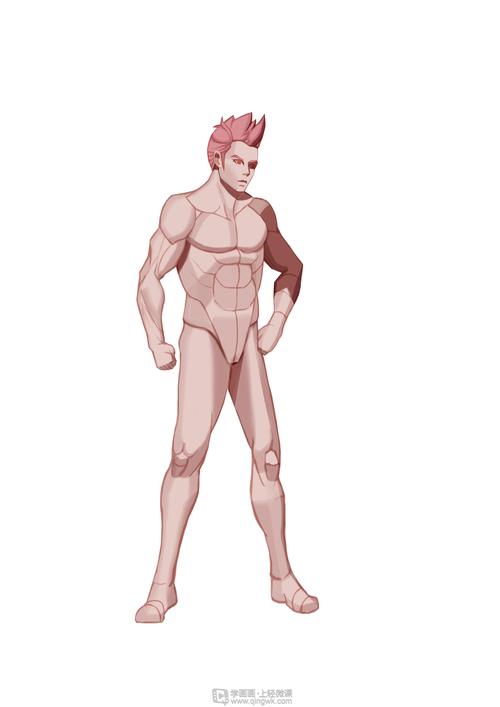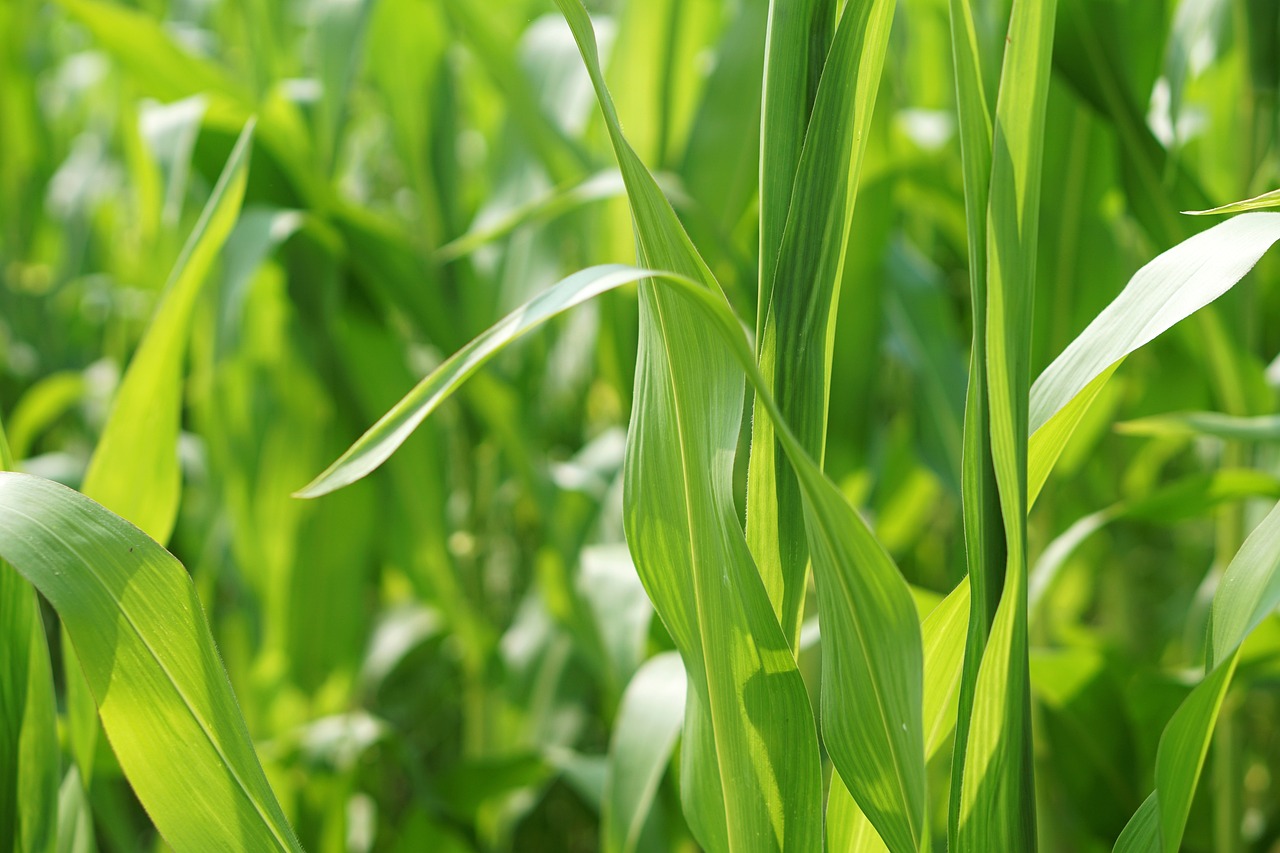Exploring the Representation of Male Bodies in Anime and Manga
Anime and manga, as forms of Japanese visual storytelling, often portray male characters in various ways, reflecting cultural ideals, artistic styles, and narrative themes. The representation of male bodies in these mediums can range from realistic to exaggerated, and understanding these portrayals can provide insights into societal norms, gender roles, and artistic expression. Let's delve into the depiction of male bodies in anime and manga, examining common trends, cultural influences, and artistic choices.
Realism vs. Exaggeration:
In anime and manga, male bodies are often depicted with a blend of realism and exaggeration. While some artists strive for anatomical accuracy, others prioritize stylistic elements such as muscularity, facial features, and proportions. This balance between realism and exaggeration allows creators to convey a wide range of character traits, emotions, and narratives.
Cultural Influences:
The representation of male bodies in anime and manga is heavily influenced by Japanese culture, which places value on concepts such as masculinity, honor, and physical prowess. As a result, male characters are frequently depicted as strong, stoic, and heroic figures, embodying traits that align with societal expectations. However, there is also a growing diversity in the portrayal of male bodies, reflecting changing attitudes towards gender roles and identity.
Character Archetypes:
Anime and manga often feature recurring character archetypes, each with distinct physical attributes and personality traits. These archetypes may include the "bishi" or "bishōnen" (beautiful boy), characterized by delicate features and slender build, as well as the "ikemen" (handsome man), who exudes confidence and charm. Additionally, there are archetypes focused on strength and power, such as the "brawler" or "warrior," who possess muscular physiques and imposing presence.
Narrative Themes:
The depiction of male bodies in anime and manga is closely intertwined with narrative themes and storytelling conventions. Male characters may undergo physical transformations, showcasing their growth, development, or struggles. Moreover, the portrayal of male bodies can convey themes of heroism, sacrifice, vulnerability, and resilience, enriching the narrative experience and resonating with audiences on emotional levels.
Artistic Expression:

Artists and creators employ various techniques to convey the nuances of male bodies in anime and manga. From detailed anatomy to expressive gestures and facial expressions, every aspect of character design contributes to the portrayal of masculinity and identity. Additionally, visual cues such as clothing, hairstyles, and body language play crucial roles in defining character personalities and relationships.
Guiding Principles:
When exploring the representation of male bodies in anime and manga, it's essential to consider the cultural context, artistic intent, and audience reception. While certain stereotypes and tropes may prevail, creators have the power to challenge conventions, subvert expectations, and promote diversity in their works. By portraying male characters with depth, complexity, and humanity, anime and manga can offer meaningful insights into the human experience and foster greater empathy and understanding.
In conclusion, the depiction of male bodies in anime and manga is a multifaceted subject, influenced by cultural norms, artistic choices, and narrative objectives. From realistic portrayals to exaggerated archetypes, these mediums offer a rich tapestry of male characters, each contributing to the storytelling landscape in unique ways. By examining these representations with nuance and critical thought, we can appreciate the diversity and complexity of male identities in Japanese visual culture.
[This document has been translated into HTML for easy viewing and accessibility.]
版权声明
本文仅代表作者观点,不代表百度立场。
本文系作者授权百度百家发表,未经许可,不得转载。











